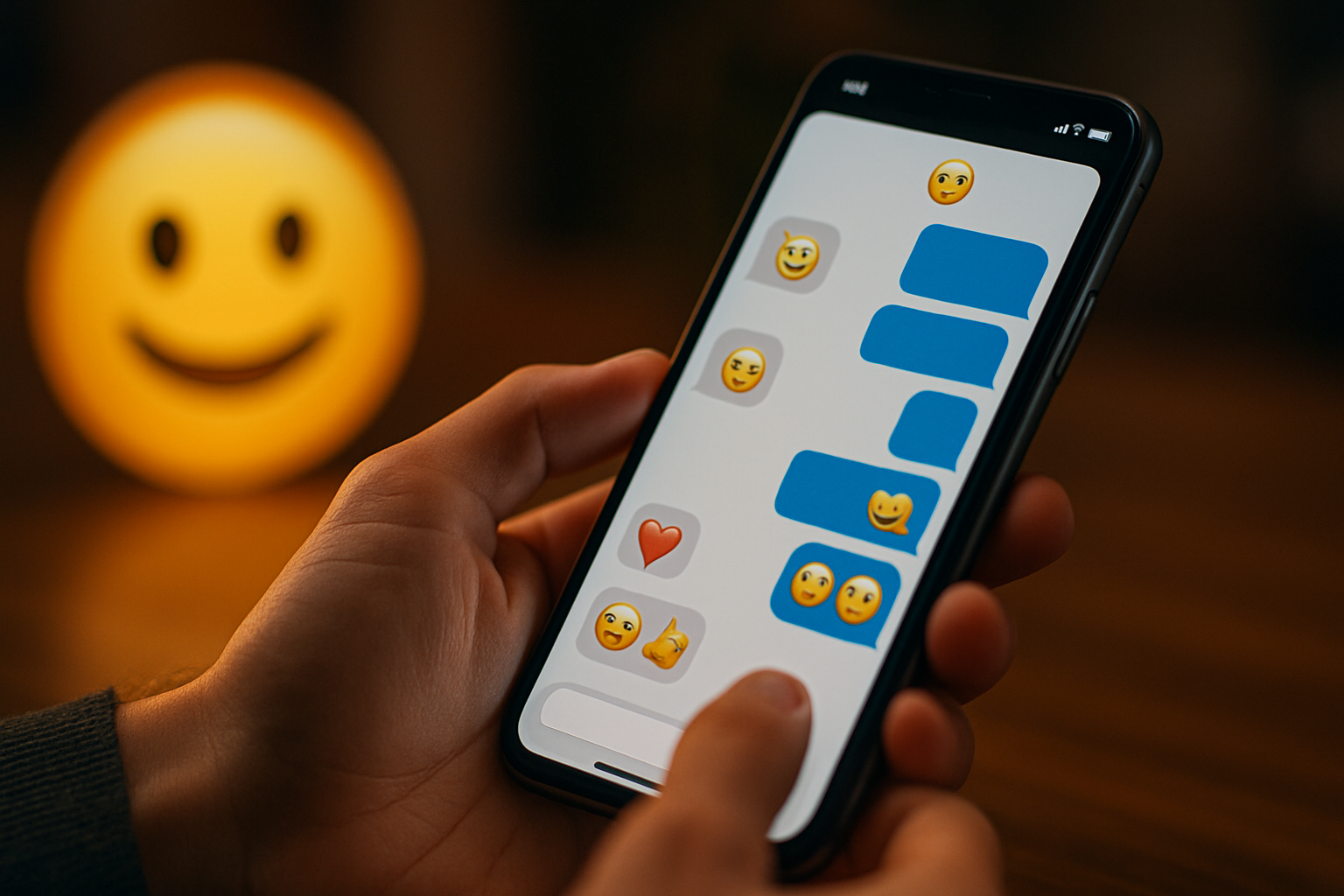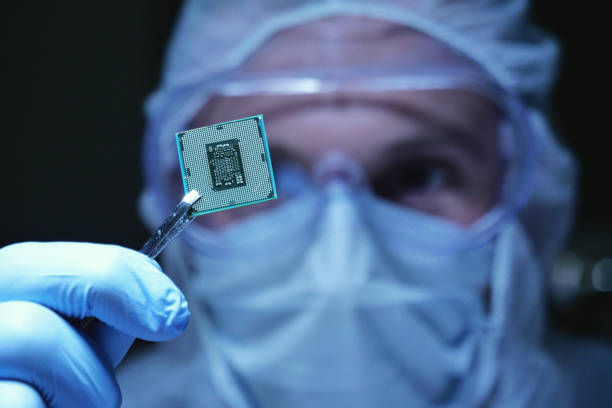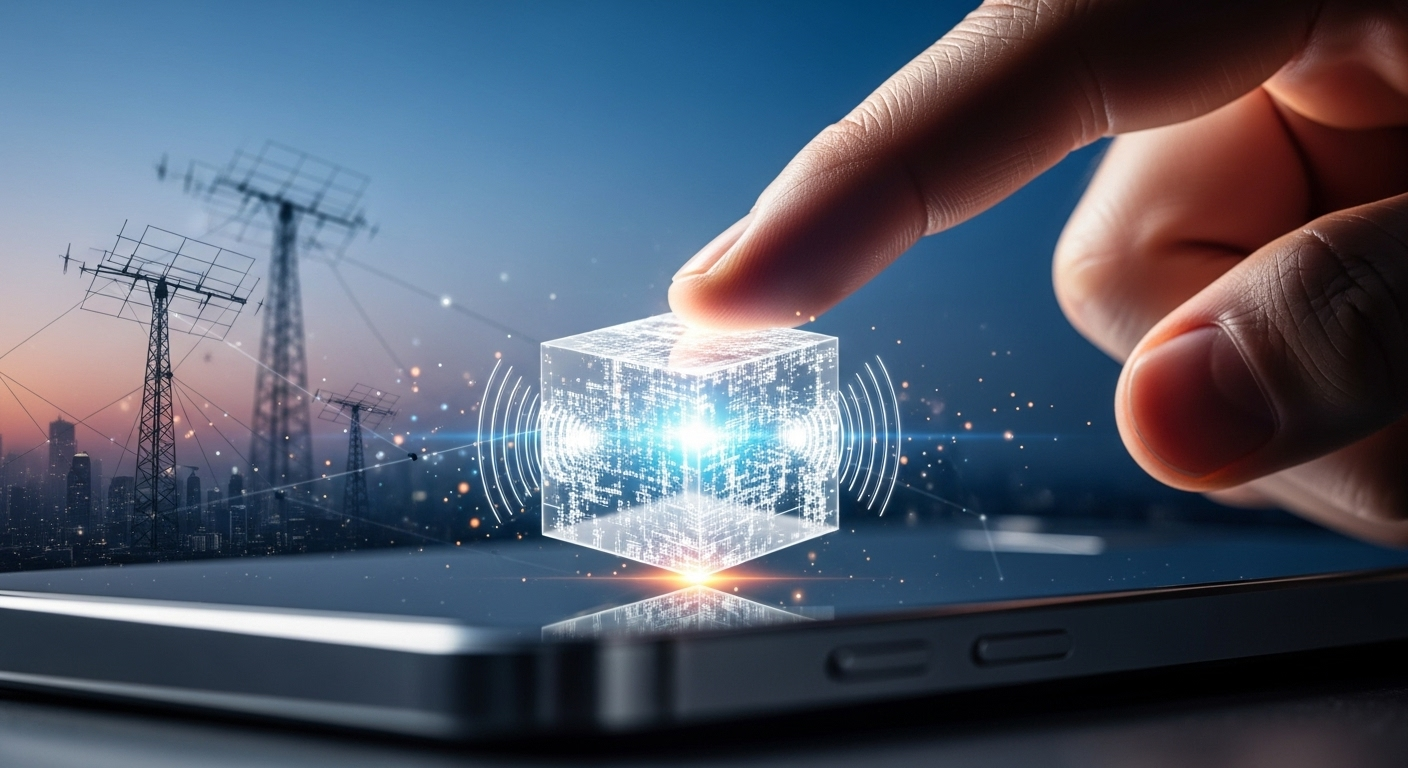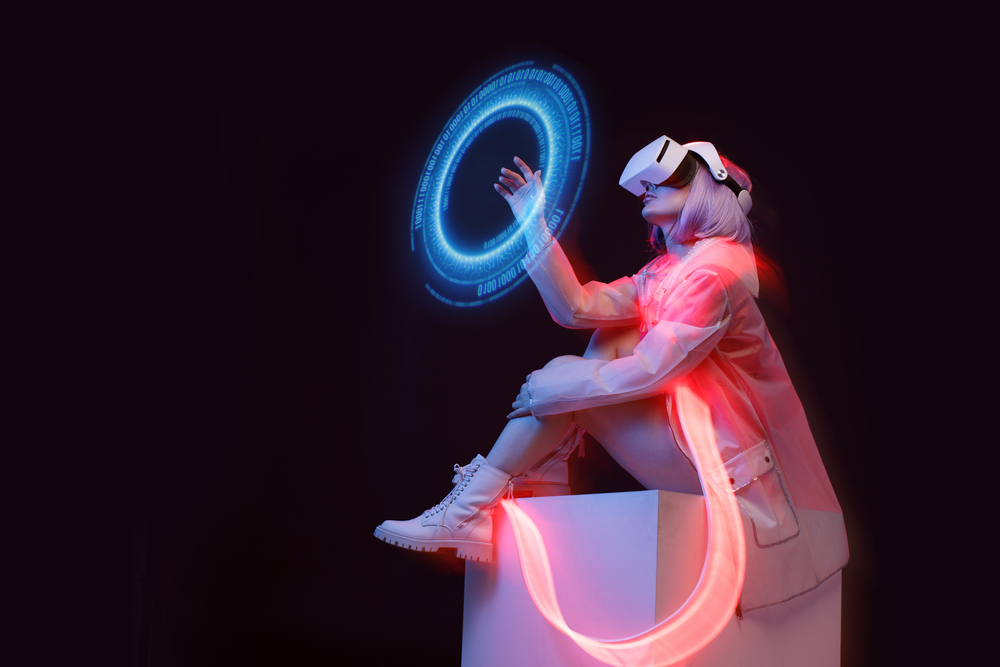The Secret Language of Emojis: Decoding Digital Emotion
In a world where digital communication reigns supreme, emojis have emerged as a universal language of their own. These tiny pictographs have revolutionized how we express emotions, convey tone, and add nuance to our online interactions. But what lies beneath the surface of these colorful icons? Read below to uncover the fascinating sociological implications of emoji usage and how it's reshaping our digital discourse.

The Evolution of Digital Expression
The journey of emojis began in the late 1990s in Japan, where Shigetaka Kurita created the first set of 176 pixelated icons for a mobile internet platform. These early emojis were simple and limited, primarily designed to convey basic emotions and concepts. However, as digital communication expanded globally, so did the need for more diverse and nuanced ways to express ourselves online. The Unicode Consortium’s standardization of emojis in 2010 marked a turning point, allowing for wider adoption and consistent display across different devices and platforms.
Emojis as a Sociological Phenomenon
From a sociological perspective, emojis represent more than just cute pictures; they’re a reflection of our evolving social norms and communication styles. In a digital age where brevity is often valued, emojis provide a quick and efficient way to add emotional context to our messages. They serve as a form of paralanguage, similar to facial expressions and tone of voice in face-to-face conversations. This has led to the development of what some researchers call “digital empathy” - the ability to understand and respond to others’ emotions in online spaces.
Cultural Implications and Diversity
As emojis have gained global popularity, they’ve also become a lens through which we can examine cultural differences and representation. The initial set of emojis was criticized for its lack of diversity, prompting updates that included a wider range of skin tones and cultural symbols. This evolution reflects a growing awareness of the importance of inclusivity in digital spaces. Sociologists have noted that emoji usage patterns can vary across cultures, reflecting different communication styles and social norms. For instance, some cultures may use emojis more frequently or favor certain types of emojis over others.
The Impact on Language and Literacy
One of the most intriguing aspects of emoji use is its impact on language and literacy. While some critics argue that emojis are dumbing down communication, linguistic researchers see them as an enrichment of written language. Emojis can add layers of meaning to text, allowing for more nuanced expression. They can also serve as a form of visual rhetoric, used to emphasize points or convey irony. Some linguists even argue that emoji usage is developing its own syntax and grammar rules, potentially evolving into a form of pictorial language.
Emojis in Professional and Personal Spheres
The use of emojis has transcended personal communication and entered professional spheres, raising questions about appropriateness and interpretation in different contexts. In workplace communication, emojis can help build rapport and soften the tone of messages, but their use remains controversial in more formal settings. Sociologists are studying how emoji usage affects perceptions of professionalism and credibility, particularly across generational divides. In personal relationships, emojis play a crucial role in maintaining emotional connections in long-distance communications, with some studies suggesting that emoji use can enhance relationship satisfaction.
The Future of Digital Emotion
As we look to the future, the role of emojis in digital communication is likely to evolve further. With the rise of augmented reality and virtual environments, we may see more sophisticated forms of digital emotional expression. Some tech companies are already experimenting with animated avatars that can mimic facial expressions in real-time. These developments raise intriguing questions about the future of nonverbal communication in digital spaces and how it will shape our social interactions.
The secret language of emojis is far from simple or trivial. It represents a fascinating intersection of technology, culture, and human behavior. As these digital hieroglyphs continue to shape our online interactions, they offer valuable insights into how we adapt our communication styles to new mediums. Understanding the sociological implications of emoji usage not only helps us navigate the complexities of digital discourse but also provides a window into the evolving nature of human connection in the 21st century.





